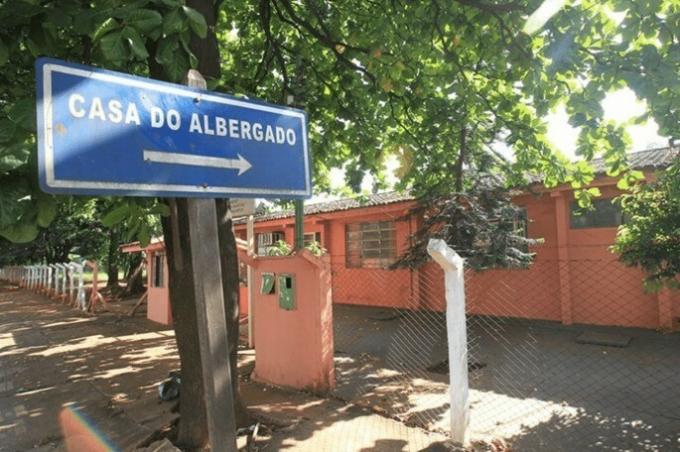In the closed regime, the execution of the sentence is carried out in maximum or medium security establishments, the condemned person spends his days inside a prison unit.
In the semi-open regime, the execution of the sentence is carried out in agricultural, industrial colonies or similar establishments. The person has the right to work and study during the day, returning to their prison unit at night.
In the open regime, the execution of the sentence is carried out in sheltered houses, an institution created for the fulfillment of this type of regime, or suitable establishments, which may be the person's own home (if allowed by the judge).
The person must work and study during the day and at night, return to the house defined by justice.
| Closed regime | semi-open regime | open regime | |
|---|---|---|---|
| Initial sentence time | Over 8 years (limit 30 years) | Between 4 and 8 years | Less than 4 years |
| How it works | He stays in the prison every day. | Works or takes courses outside the prison unit. | Returns to the appropriate home or establishment (hostel house) at the end of the day and on days off. |
| Work places | In the prison itself, if allowed. | Agricultural colonies, industrial colonies or companies designated for such function. | In any company by permission. |
| Place of sentence | Maximum or medium security prison. | Prisons, areas in prisons or shelters intended for the type of regime. | Hostels or the house itself, when allowed by the Court. |
The so-called "deprivation of liberty" are punishment and resocialization measures provided for by the "Criminal Execution Law", Law Nº 7.210, of July 11, 1984.
Based on non-compliance with the laws, the cases are judged by the responsible court, and the offender may be sentenced to the execution of the sentence in one of the types of regime.
The duration of the sentence and the regime imposed varies according to the laws in relation to the crimes committed. In Brazil, the maximum duration of a sentence is 30 years.
Closed regime

The closed regime is the most severe mode, sentences exceeding eight years must be served, initially, in a closed regime.
Thus, the person is deprived of his freedom, being obliged to remain in a prison unit every day.
There may be a progression of the sentence, moving to the semi-open or open regime. According to the law, this can occur due to the fulfillment of one sixth of the sentence and the merit of the convict (good behavior).
See also the difference between detention, detention and simple imprisonment.
semi-open regime

The semi-open regime is the intermediate level. It is intended for serving sentences ranging from four to eight years, in case the convict is not a repeat offender.
In this model, the person can take courses or work in previously defined locations outside the prison unit during the day and return at night.
It is worth remembering that work and studies also fulfill the function of reducing the sentence (penalty remission). Every three days of study or work corresponds to one less day of punishment.
open regime

The open regime is the mildest level of sentence compliance, intended for convictions of less than four years, respecting the criterion of non-recurrence.
This model is based on self-discipline and the convict's sense of responsibility. In this type of regime, the person must work and enjoys a relative degree of freedom.
It is your responsibility to return to your home or shelter (provided for in Article 93 of the Penal Execution Law) for night rest and days off.
See also the difference between plaintiff, defendant, defendant and plaintiff.
Progression and regression of the sentence
The period of serving the sentence varies according to the crime committed and also in relation to the good behavior of the person serving the sentence.
In cases of good behavior, preserving the rule of serving one-sixth of the initial sentence, the person may have the right to change regime. This change is progressive and aims to encourage good behavior and rehabilitation of the convict.
In cases of condemnation to the closed regime, the person can move to the semi-open regime and to the open regime. This progression can only occur through the merit of the convict and the fulfillment of the necessary conditions.
The passage from the closed regime to the open regime also requires the passage through the intermediate regime (semi-open regime). It always occurs gradually, and it is not possible to skip a step.
The regression of regimes occurs when the convict fails to fulfill his responsibilities or commits new infractions. In this case, the person can go directly from the open regime to the closed one, without the need to go through the semi-open regime first.
See also the difference between:
- prescription and decadence
- Natural law and positive law
- guardianship and guardianship
